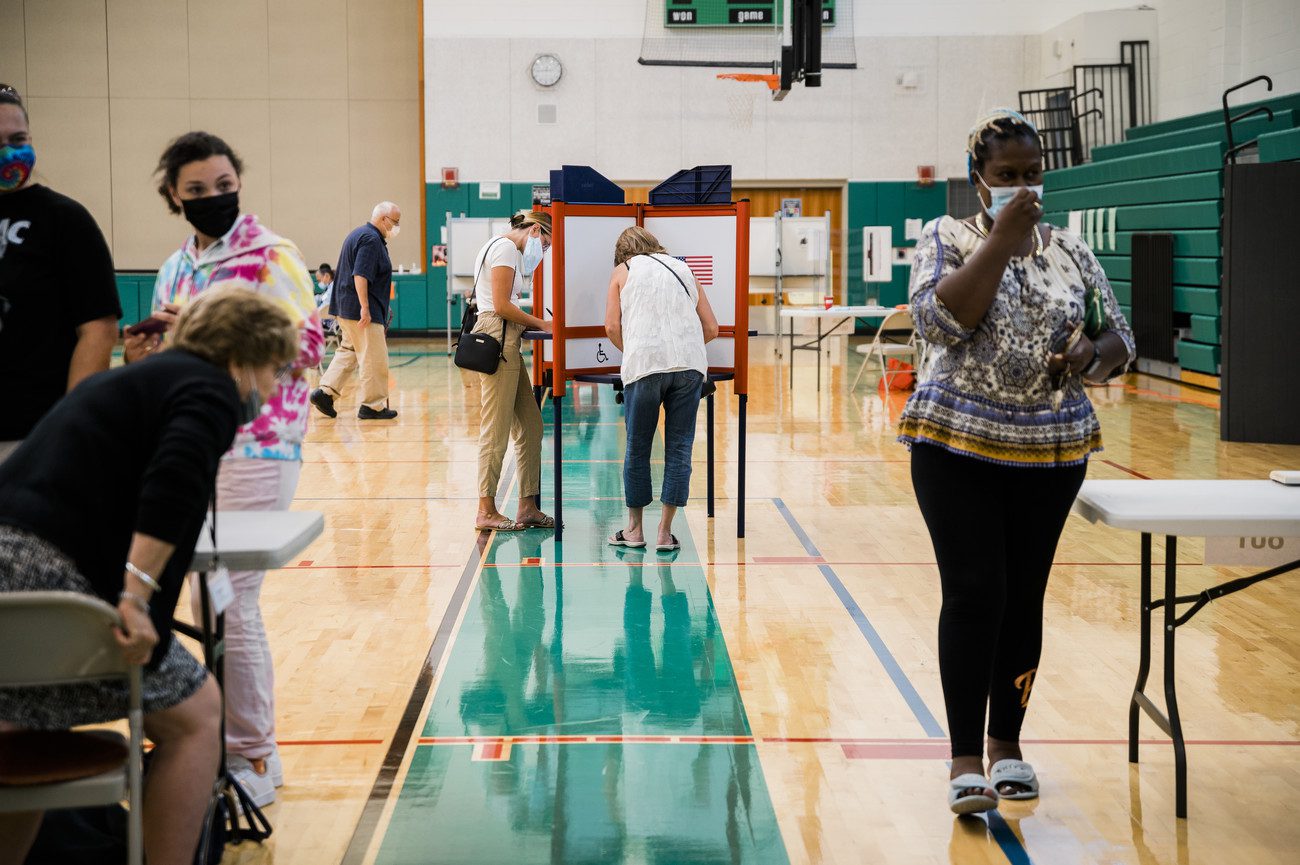Here’s a challenge for Lynn voters: Double up on Tuesday’s preliminary election 14.8-percent voter turnout and reverse a city trend of fewer and fewer voters casting ballots in final mayoral elections.
With candidates for mayor Jared Nicholson and Darren Cyr clearly defining themselves as studies in contrast, voters have a strong reason to make sure they are registered to vote in the Nov. 2 final election (Wednesday, Oct. 13 is the last day to register).
I’m mystified over why fewer than one in six registered Lynn voters cast ballots on Tuesday. It was a beautiful, end-of-summer day and Nicholson, Cyr, and third-place finisher Michael Satterwhite worked hard to get their messages out to voters.
Maybe COVID-19 was partly to blame with people wary about the person-to-person contact involved in exercising one of democracy’s fundamental rights. That theory doesn’t hold a lot of water: After all, COVID-19 isn’t keeping people from attending sporting events and someone told me last weekend’s Lynn Auditorium concert was packed with vaccine-compliant and mask-wearing music lovers.
I think another explanation for Tuesday’s poor turnout is embedded in the comment I overheard following the election. The Lynn resident summed up Tuesday’s voting results and said she looked forward to Nov. 2 “when we get to vote for real.”
Reality, of course, has already arrived for Nicholson and Cyr who know they are in a seven-week sprint to the finish line. They offer voters a fall battle for Lynn’s mayorship that stacks up well with past mayoral finals and deserves to be matched by voter interest on Nov. 2.
In 1991 — arguably the second-most interesting Lynn mayor’s race in the last 30 years — 23,000 voters cast ballots in the mayoral final election featuring Councilor-at-Large Patrick J. McManus and Mayor Albert V. DiVirgilio.
McManus won, but came in second two years later in the preliminary election behind Joseph E. Scanlon III, a popular councilor looking to make a political comeback following a stinging defeat in the 1991 councilor-at-large race.
Almost 21,000 voters cast ballots in the 1993 mayoral final, which McManus narrowly won. The results were much more lopsided in McManus’ favor in the next three mayoral finals — and the number of voters casting ballots in the final saw a steady decrease.
McManus’ 1995 win over Councilor James M. Cowdell drew 19,000 voters to the mayoral final. In 1997, 16,000 voters cast ballots in a mayoral final that saw McManus beat Councilor Matthews N. Wills, and in 1999, 15,000 ballots were cast with McManus easily defeating city union representative and self-described “non-politician” Joseph Downey.
It’s no surprise voter participation in the 2001 and 2005 mayoral finals dropped to 11,000 and 9,200 voters, respectively. The late Edward J. Clancy Jr. ran unopposed in both elections.
Everything changed in 2009 — the most interesting mayoral final, in my view, in the past 30 years. McManus announced his political comeback and sent an electric bolt through a city that loves politics. His sudden death in July 2009 saw political eccentric and Councilor Judith Flanagan Kennedy dare to take on incumbent Clancy.
She won, 8,053-8,023, igniting a recount that upheld her victory. Voters were equally as enthusiastic to decide the 2013 final contest between Kennedy and former Councilor J. Timothy Phelan. Almost 16,000 voters cast ballots and Kennedy trounced Phelan.
Only 1,000 fewer voters cast ballots in the 2017 mayoral final. But the 28.2-percent voter turnout for that November race remains a disappointment to Mayor Thomas M. McGee, who said Lynn voters can and should do better in November.
It’s time to double up, Lynn.

